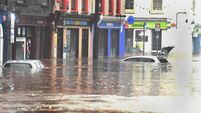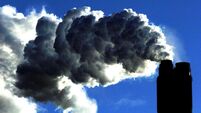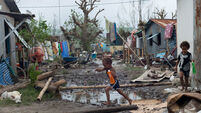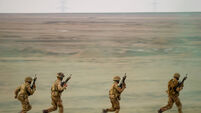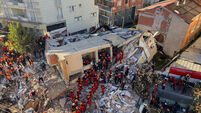'Storm of the century': Hurricane Melissa barrels through Jamaica causing chaos
Hurricane Melissa smashed into Jamaica, where sheltering residents braced themselves against ferocious winds, heavy flood waters and landslides from the category 5 storm, one of the strongest Atlantic hurricanes in history.
Videos and photographs from the scene painted a devastating portrait of the impact: roads transformed into raging rivers, downed power lines and trees, and roofs ripped off buildings by the power of the winds.
Matthew Cappucci, an American meteorologist who flew through the eye of the storm on Sunday, called the experience “scientifically stunning and horrifying from a humanitarian standpoint”.
“Millions of people could awaken Wednesday to devastation – shattered communities, an unrecognisable landscape and scarring that will take decades to mend,” he wrote in the Washington Post.
Jamaica’s government said it had done all it could to prepare, issuing a mandatory evacuation of low-lying areas, as it warned of severe impact for the nation’s 2.8 million people.
“There is no infrastructure in the region that can withstand a category 5,” said the country's prime minister Andrew Holness. “The question now is the speed of recovery. That’s the challenge.”
After passing over Jamaica, the storm is expected to bring “life-threatening storm surge and damaging winds” to the eastern half of Cuba.
The Category 5 storm, the strongest possible on the Saffir-Simpson scale, was about 55km southeast of the Jamaican resort town of Negril as of 4pm and packing maximum sustained winds of 295km/h, with even higher gusts, the US National Hurricane Center (NHC) said.
The Miami-based hurricane centre warned that "total structural failure" was likely in Melissa's path.
"It's a catastrophic situation," the World Meteorological Organization's (WMO) tropical cyclone specialist Anne-Claire Fontan told a press briefing. "For Jamaica, it will be the storm of the century for sure."
Storm surges of up to four meters were expected, she said, with rainfall set to exceed 70cm, causing "catastrophic flash flooding and landslides," she said.
Nearby Haiti and the Dominican Republic have faced days of torrential downpours leading to at least four deaths, authorities said. At least three people died during storm preparations in Jamaica, local media reported.
The NHC expects the storm to hit Jamaica on Tuesday and remain as a strong hurricane when it crosses eastern Cuba to move over the Bahamas and Turks and Caicos by Wednesday.
Bahamian Prime Minister Philip Davis has ordered evacuations for people in southern and eastern parts of the archipelago.
In Cuba, authorities said they had evacuated upwards of 500,000 people from areas vulnerable to winds and flooding.
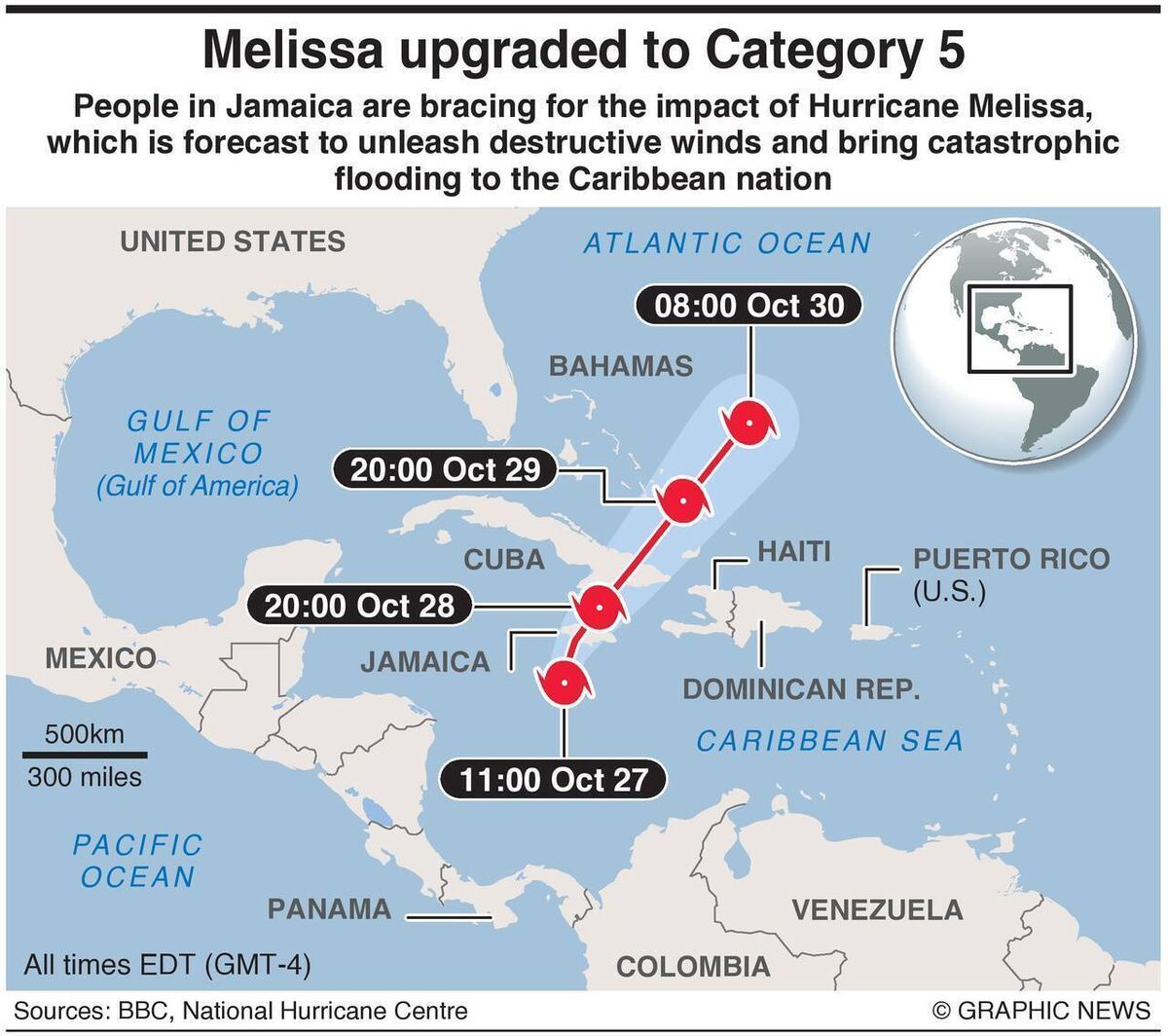
Melissa's slow movement over unusually tepid Caribbean water had contributed to its ballooning size and strength, NHC forecasters said, threatening Jamaica with days of never-before-seen catastrophic winds and rain.
The International Federation of the Red Cross (IRFC) said up to 1.5 million in Jamaica were expected to be directly affected by the storm.
"Today will be very difficult for tens of thousands, if not millions of people in Jamaica," IFRC's Necephor Mghendi said via video link from Port of Spain in Trinidad and Tobago.
"Roofs will be tested, flood waters will rise, isolation will become a harsh reality for many."
To enable swift relief distribution, essential items — tarpaulins, hygiene kits, blankets and safe drinking water — had been pre-positioned in Red Cross branches on the island, he said, with over 800 shelters set up for evacuees.
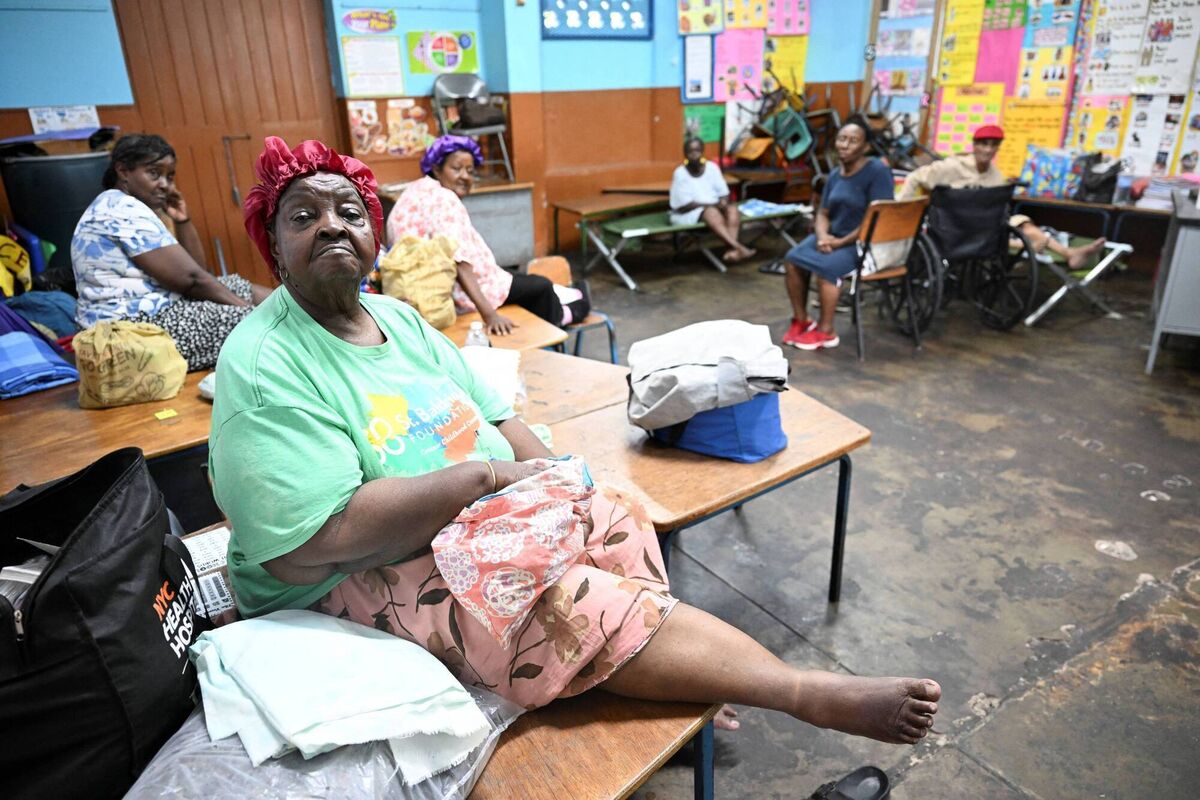
On Monday, Prime Minister Andrew Holness ordered mandatory evacuations for parts of southern Jamaica, including the historic town of Port Royal.
He warned of damage to farmlands, homes and infrastructure on the island, which is roughly the size of Connecticut and whose main airports sit close to sea level.
"There is no infrastructure in the region that can withstand a Category 5," he said.
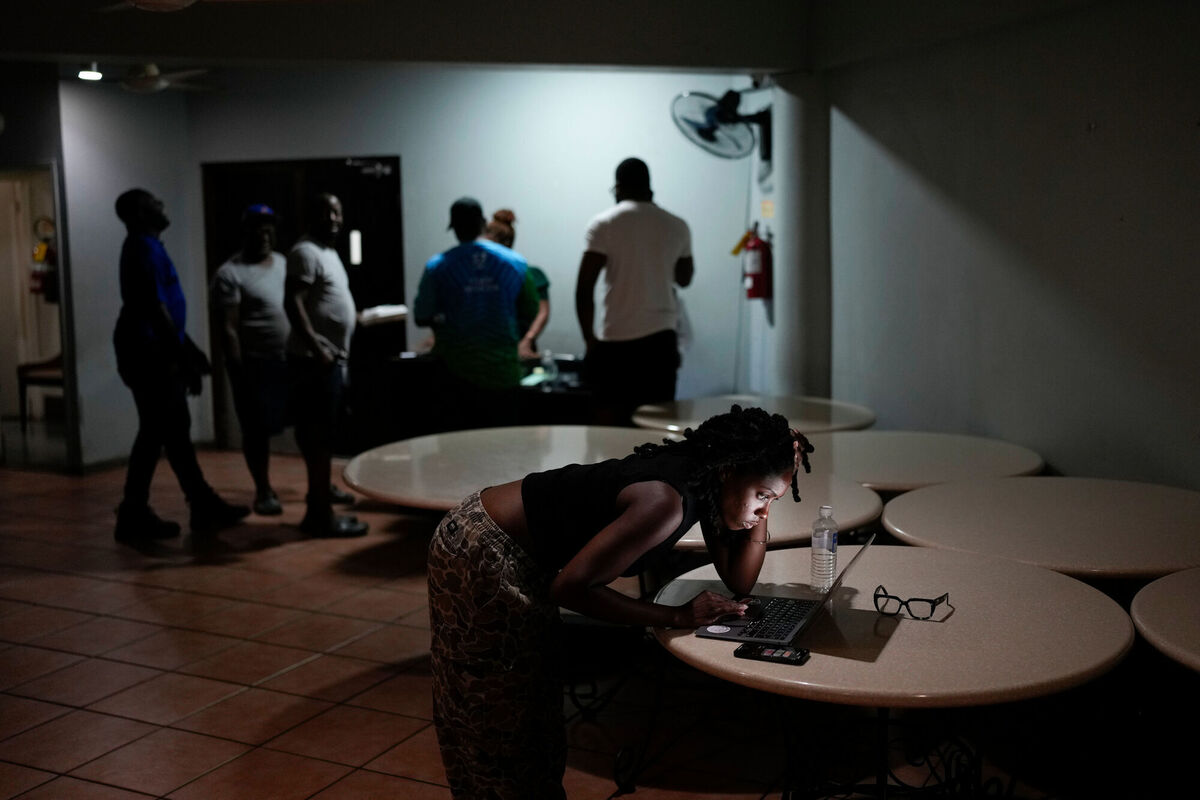
Holness said his government was as prepared as can be, with an emergency response budget of $33m and insurance and credit provisions for damage a little larger than that sustained from last year's devastating Hurricane Beryl.
Beryl was the earliest and fastest Atlantic hurricane on record to reach Category 5, but scientists warn that storms are becoming stronger faster as a result of climate change warming ocean waters.
"Slow-moving major hurricanes often go down in history as some of the deadliest and most destructive storms on record," said AccuWeather Chief Meteorologist Jonathan Porter. "This is a dire situation unfolding in slow motion."
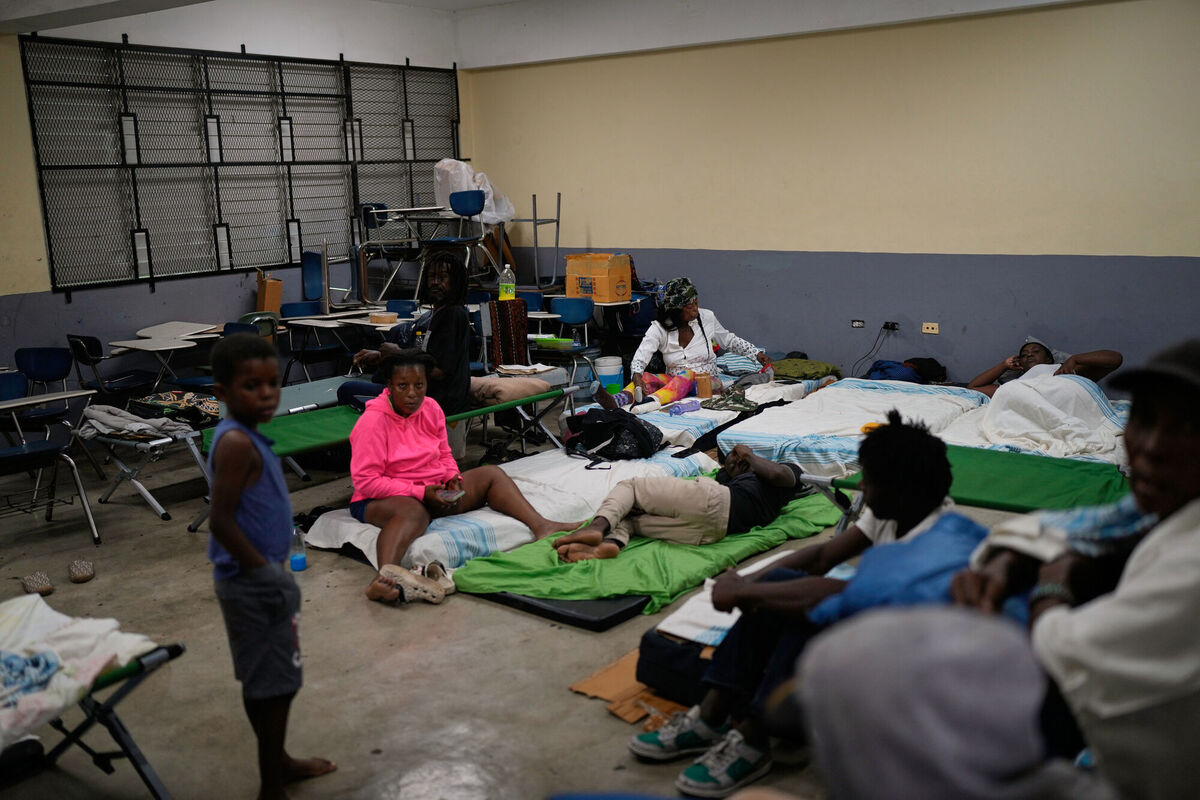
Damian Anderson, a teacher from Hagley Gap, a town nestled in Jamaica's Blue Mountains, said on Monday impassable roads had already cut off his community.
"We can't move," Anderson, 47, said. "We're scared. We've never seen a multi-day event like this before."
Nearby Haiti and the Dominican Republic have faced days of torrential downpours leading to at least four deaths, authorities said.
“Melissa will continue to track towards South Cuba and then the Bahamas, bringing again, a lot of rain and destructive wind as well as storm surges,” said the WMO's Fontan.
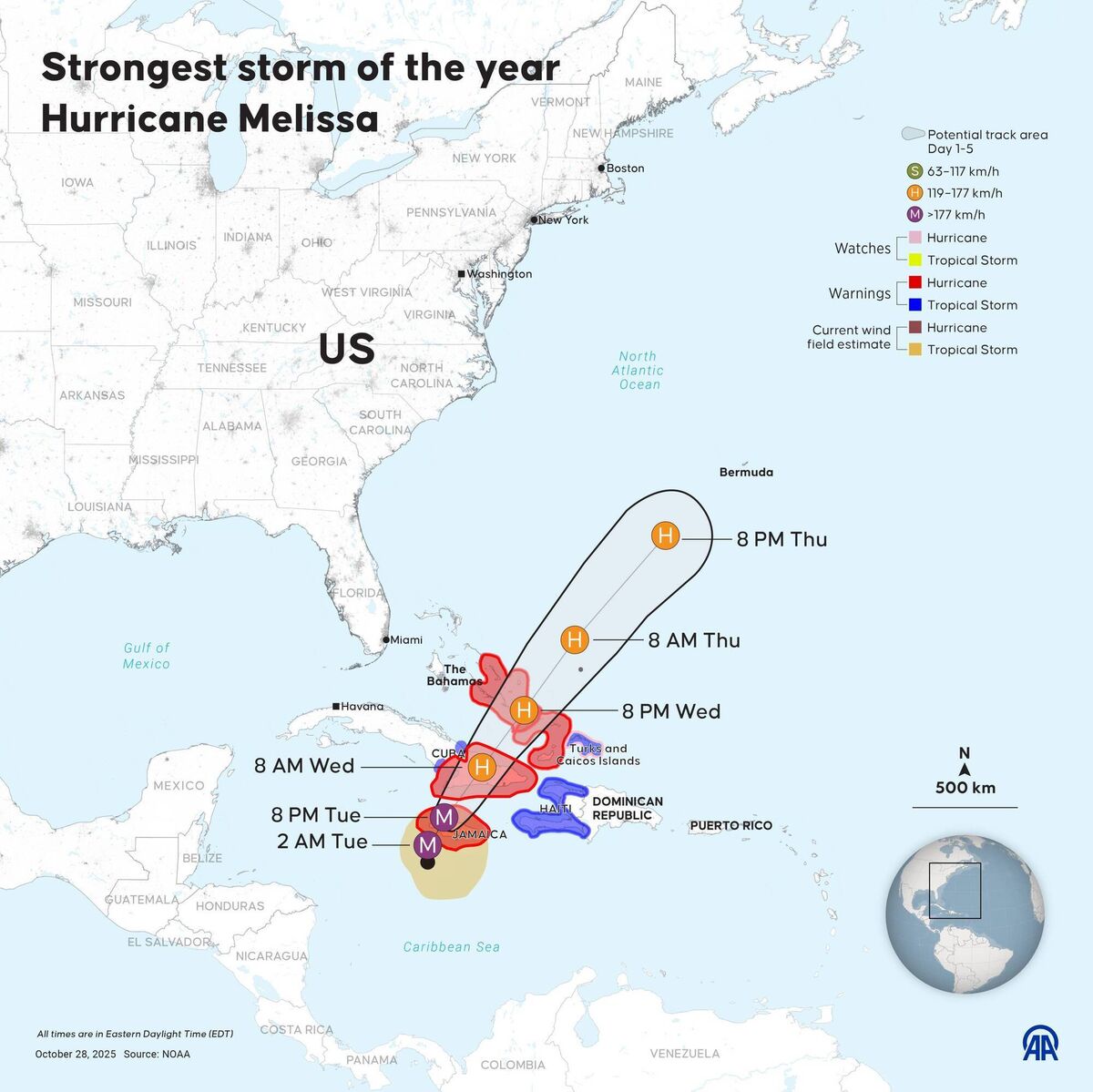
Bahamian Prime Minister Philip Davis ordered evacuations for people in southern and eastern parts of the archipelago.
In Cuba, authorities said they had evacuated upwards of 500,000 people from areas vulnerable to winds and flooding.
CLIMATE & SUSTAINABILITY HUB



